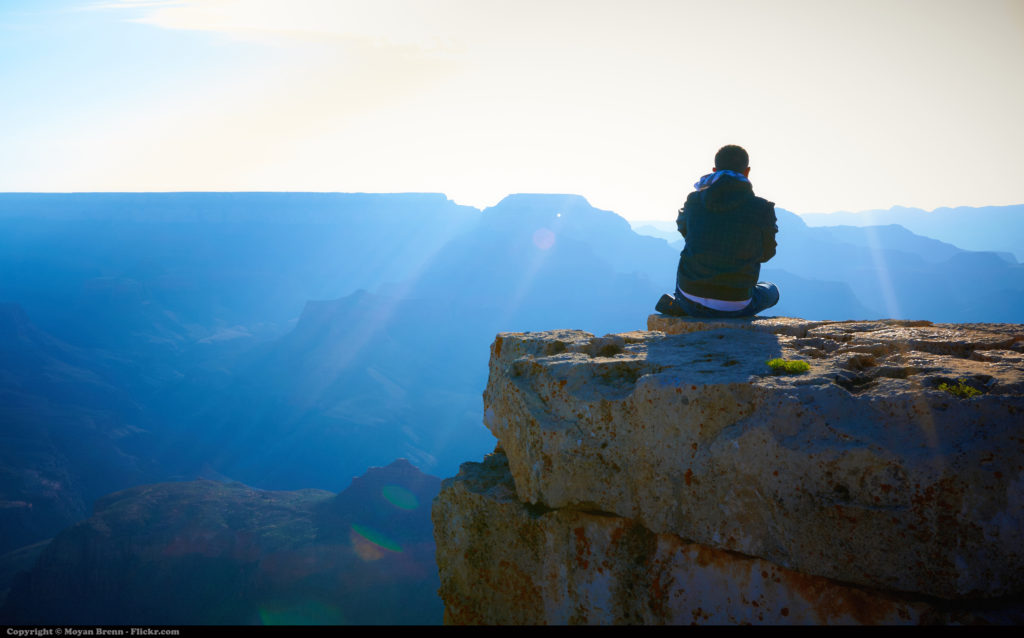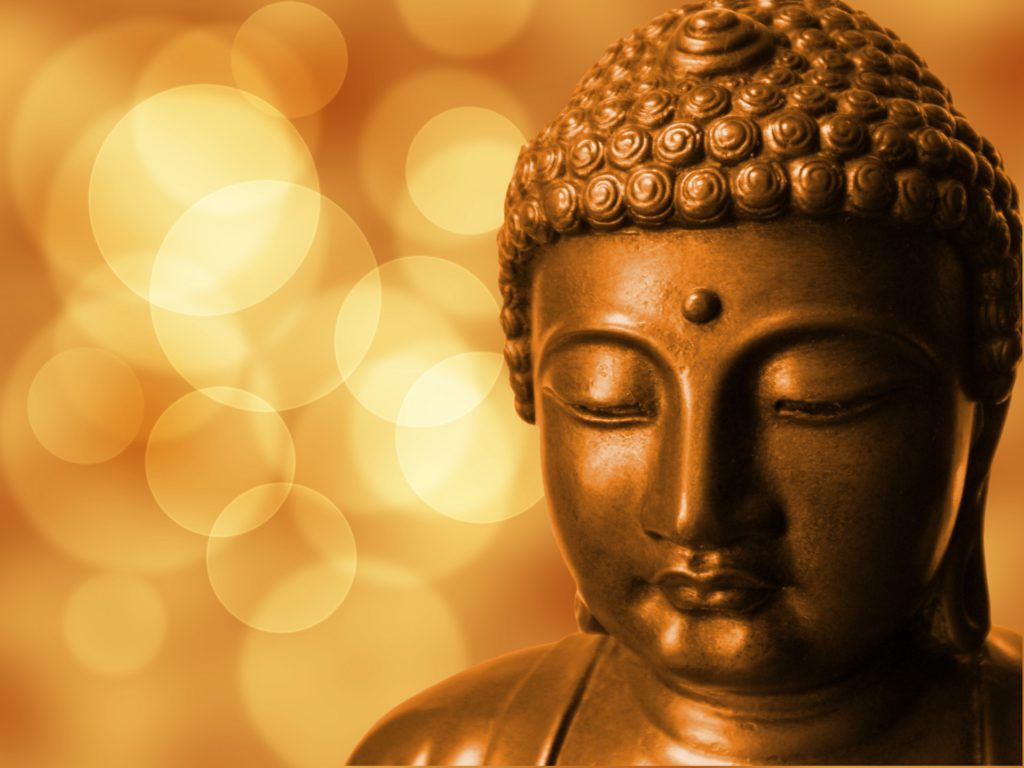There are several forms of Buddhist meditation, and a great many books, videos and websites provide beginning instruction. My advice here is for people who already are meditating but are getting frustrated with it. Not all of this advice will apply to everyone, but if you are struggling, perhaps some of these suggestions will help you.
What Did You Expect?
Buddhist teachers usually warn beginner meditators to not have a goal.
But of course we have some kind of expectation or goal at the start, or we probably wouldn’t have begun meditating in the first place.
What happens for most of us is that as we practice our expectations fade away. This may take a few weeks or several years.
What’s wrong with expectations? Simply put, if you are sitting there expecting something, you are not concentrating on the present moment. The expectation is a barrier. If you are practicing Right Concentration, you become so absorbed in the present moment that you forget yourself. This mental state is called samadhi.
However, if you are sitting there expecting something to happen to you, you are separating yourself from the present moment. You are still perceiving yourself as an entity separate from whatever is “out there” that is going to happen.
Another problem is that whenever you have expectations that are not realized, eventually you will be discouraged and give up.
What’s Your Motivation?
Related to expectation is motivation. These days many psychologists and other mental health counselors are on the mindfulness bandwagon and touting meditation as a therapeutic technique.
And that’s fine; meditation and mindfulness really can be helpful to people with anxiety and mood disorders. But in Buddhism, meditation is not a psychiatric self-help program. (Also see below, “Pain, Physical and Emotional.”)
Many of us do begin meditation practice with self-help in mind. Even the Buddha himself was motivated to begin his spiritual journey when he realized he could not escape sickness, old age, and death. But as you practice, eventually the “self-help” goal turns into a desire to practice for the benefit of others, which is called bodhicitta. As this happens, practice deepens and becomes genuinely transformative.
The Problem With Judgments
The effects of practice reverberate in your life even when you are not meditating. These effects often are so subtle you won’t be consciously aware of them, at least for a long time.
When we find ourselves sitting with anxiety, sleepiness, or anything other than blissful serenity, we often judge our meditation to be “bad.” But long-time meditators learn that the more difficult sitting periods often have wonderfully beneficial effects. It’s a bit like lifting weights; the harder it is, the stronger you get. Of course, there’s nothing wrong with blissful serenity.
But if you decide your meditation is “bad,” you are cutting off the beneficial effects. Do you best, and when the sitting period is done, let it go. And if you reach the fourth dhyana or experience kensho, let that go, too. Let the practice do what it will do; don’t try to cling to it, “own” it, or control it.
On long meditation retreats, it’s common for one meditation period to be completely different from the last one. However, if you are internally beating yourself up for being bad at meditation, this will usually turn into a self-fulfilling prophecy.
Burnout
Practice is lifelong. Don’t think you’ll meditate for a few weeks, “fix” yourself, and go on to something else. For this reason, it’s important to find a level of effort that is sustainable. The Buddha taught that practice should be like a well-tuned instrument. If the strings are too loose, they won’t play a sound. If they are too tight, they will break.
Sometimes people come into Buddhism with a great deal of enthusiasm and put themselves on an exhausting practice schedule. And then they burn out, and quit. Too tight!
Especially if you have a lay practice and the responsibilities of a job and a family, it may take some time before you find a workable routine. Someone else’s meditation schedule may be unworkable for you, but don’t let that discourage you.
Pain, Physical and Emotional
Physical discomfort — well, OK, pain — is common during meditation. There are steps to take to make yourself comfortable, from improving your physical conditioning to using firmer cushions or changing your position. You’ll work out for yourself what you need to do.
Many teachers encourage students to sit through pain, because it can make them stronger meditators. However, from my own experience I say sometimes enough is enough. If meditation is consistently excruciating you may start to associate meditation with pain, which becomes a whole new problem. There’s no shame in sitting in a chair.
Emotional pain is a different story. Many of us have turned to our meditation practice to help us through a rough patch of anger or grief. However, be careful to not turn your meditation practice into a tool for helping you feel better about yourself. Using your meditation for a particular end is not Right Effort or Right Concentration. Using meditation to improve your mood can become a hindrance if it becomes a habit.
People suffering from post-traumatic stress or chronic anxiety disorder might need to approach meditation with caution. Sometimes even experienced meditators — including monks and nuns — who experience extreme trauma find meditation difficult afterward and have to re-train themselves.
Many people with long-term, chronic anxiety have coped with it by shoving the anxiety out of their conscious awareness. When they begin a meditation practice, the anxiety comes roaring out of their psyches like a furious beast. It can seem impossible to calm themselves and sit still.
If you find yourself unable to sit still for long without teeth-chattering nervousness, consider seeking psychiatric counseling to help you understand where the anxiety is coming from. Also, try sitting for shorter periods and build up to longer sitting gradually.
Whatever you do, don’t judge yourself to be too crazy or neurotic to meditate. Don’t judge yourself against what others seem to be doing. Be fierce, and make the furious beast your friend. See also “Working With Worry.”
[This is an article I wrote for the Buddhism section of About.com. However, since About.com has removed it from their servers, all rights revert to me.]


